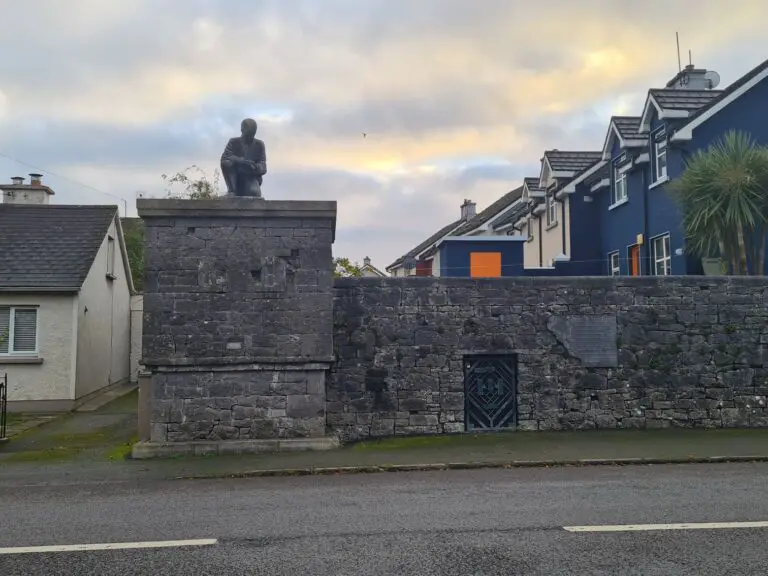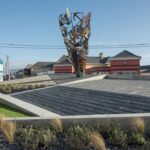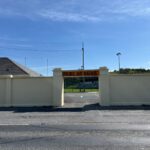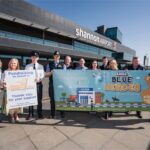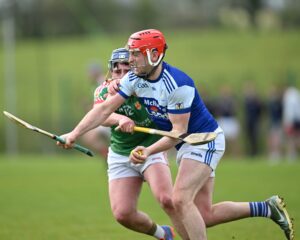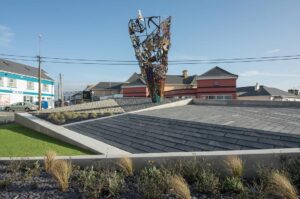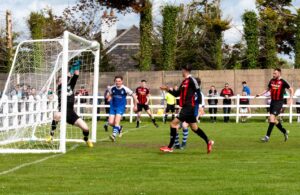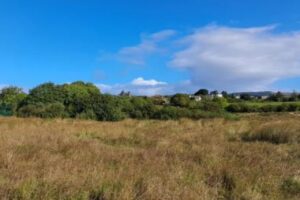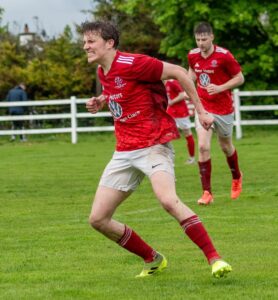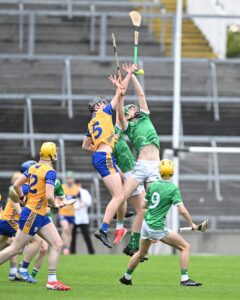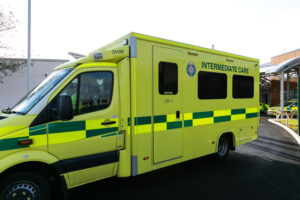A collection of articles on military history, residents, sport, maps and photographs with the Ennis Barracks have been included in a recently published book.
Written by William Crowley in conjunction with the Clare Roots Society, ‘The Old Military Barracks’ has been on sale since Friday. Over 150 photographs are included in the full-colour book which is on sale at Ennis Book Shop, Mary Kelly’s and O’Connor’s Newsagents. The book is available for €15 with all proceeds going to the Clare Roots Society.
Growing up in the Barracks was quite different to anywhere else in Ennis, William recalled. “We had a massive big playground within the walls, also Loyal Neighbours and great friendship. We had our own sports field, our very own Handball Alley, our own boxing club which we utilized whenever youngsters from other parts of the town tried to overtake our territory and all disputes were handled in McGuanes Field across from the front gate of the Barracks”.
In her introduction to the book, Mayor of the Ennis Municipal District, Cllr Ann Norton (IND) outlined that it was “so important that the history of the Military Barracks is in print for future generations. This will ensure our history is not forgotten and always remembered”.
Long before the bugle of the Clare Militia echoed around the Turnpike, the buildings known now as The Military Barracks were the County Fever Hospital. In 1834 a site in excess of two acres was found at the southern end of the Turnpike Road, the Kilrush Road did not exist at this time). In 1836 the new fever hospital was completed with Eddie Lough providing an article on the background and conditions associated with the hospital.
Also in the book, Eddie tells the story of the Clare Militia and the background to the establishment of the Military Barracks and closure in July 1909. The official handover of the barracks to the Clare County Council occurred in March of 1910. In 1967, then Minister for Labour Dr. Patrick Hillery (FF) opened a section of the building as St. Clare’s School.
Among those that lived in the Barracks from 1921 to 1950 were the Broderick, Browne, Burke, Capon, Corey, Crowley, Dinan, Doherty, Fahey, Gooch, Hanley, Harrison, Hassey, Heffernan, Keane, Kelly, Lennon, Lynch, Lynskey, Madigan, Meehan, Meere, Micks, Moroney, O’Connell, O’Loughlin, O’Sullivan, Shannahan, and Shaughnessy families. The complex was laid out in in 8 blocks.
Armstrong, Barrett, Benn, Burgess, Cahir, Collins, Coogan, Daffy, Frawley, Hegarty, Hehir, Herlihy, Hogan, Guilfoyle, Kerns, Loughnane, O’Donoughue, Ryan, Sampson, Sheehan, Sheridan, and Studdert families later moved into the complex. The book continues to give a profile and background to a number of the above families.
A list of current residents is also included with reflections on their residency from Oonagh McNamara, Breda Sammon, Dermot Hayes, Jean White, Michael Considine and Peter McDonald.
Memories of the Barrack are also shared by Francis Keane, Dermot and John O’Sullivan, Tony Hahessy, Michael O’Connell, Brian Merry and Cora Hahessy-McNulty while author Ollie Byrnes reflects on hurling and music in the Old Military Barracks.
The book lists all the residents using the 1901 & 1911 Census returns, baptismal records, school records, grave stone inscriptions, obituaries, war records, voting registers, and the recollections of former residents.

